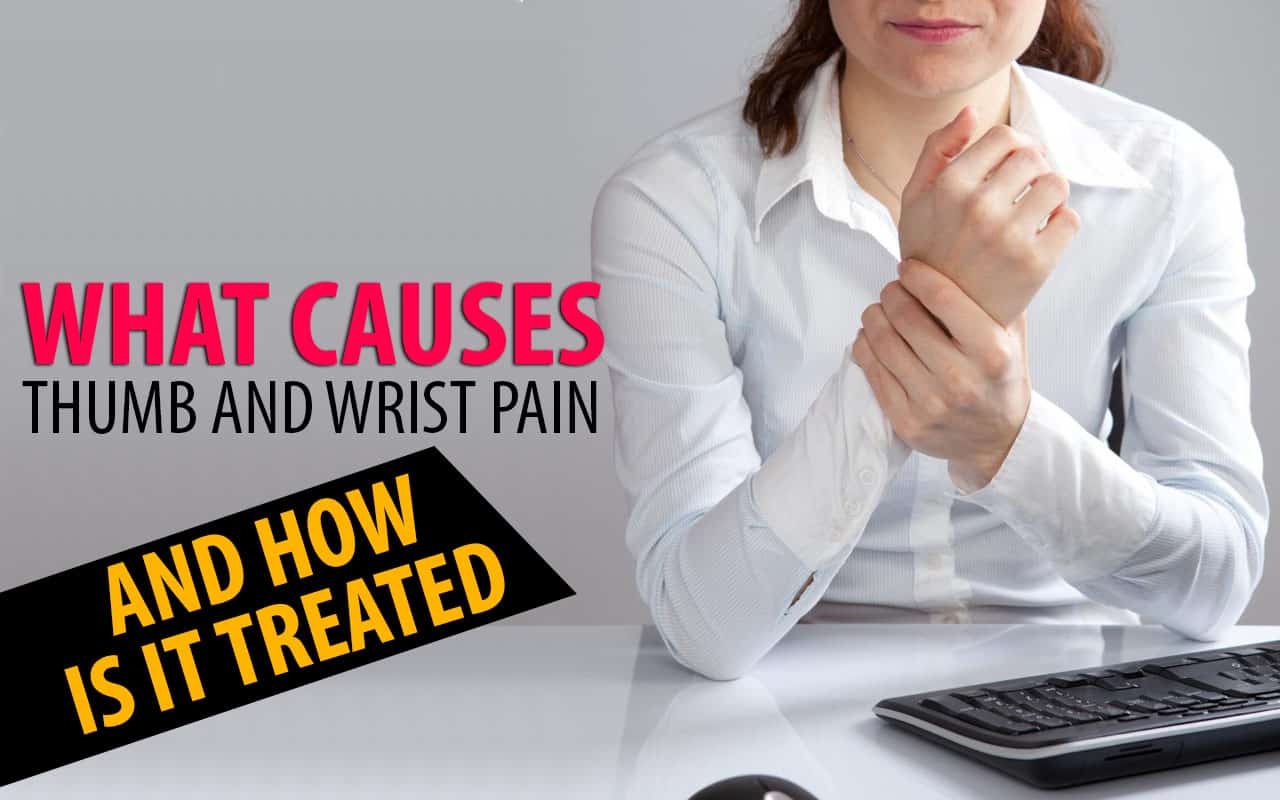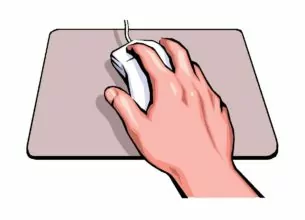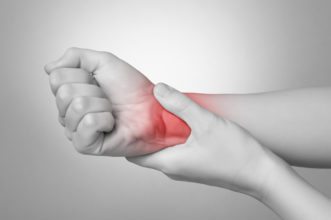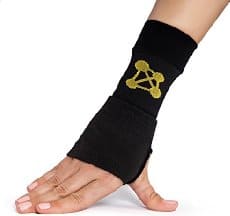
 How much do you know about your own body? It’s easy to assume we know a lot about ourselves, especially since we actually use these bodies on a daily basis and that should be enough for us to have a fairly good idea of our rhythms and needs. This is arguably especially true in light of all the advancements that medical science has made, and the way that the information about these advancements has become easier and easier to access and share. We can reasonably expect to have a good understanding of the workings of the human body, right down to how it gets its aches and pains and how we can come back from them.
How much do you know about your own body? It’s easy to assume we know a lot about ourselves, especially since we actually use these bodies on a daily basis and that should be enough for us to have a fairly good idea of our rhythms and needs. This is arguably especially true in light of all the advancements that medical science has made, and the way that the information about these advancements has become easier and easier to access and share. We can reasonably expect to have a good understanding of the workings of the human body, right down to how it gets its aches and pains and how we can come back from them.
However, we don’t always actually know what we expect we should know. Consider your thumbs, for instance. These game-changing evolutionary developments are arguably what make hands as useful as they are, but we never actually stop to think about how they work or what they’re meant to do for us. This is likely because they work so well, and are so seamlessly part of our every hand movement, that they only become standouts when they don’t. Everything we do in a day, whether it’s gripping door knobs or gripping a steering wheel or writing with a pen or pencil involves the grip the thumb can give us.
Furthermore, what about our wrist joints? Joint systems in general are fantastic feats of engineering that involve bones, muscles, tendons and ligaments working in concert to facilitate our body movements, and our wrists are some of the most useful joints. Our wrists position our hands –thumbs and all – and sustain whatever they’re working on. Typing on a keyboard? Wrists. Turning the door knobs you’ve gripped? Wrists. Picking up shopping bags? Wrists. While the muscles of the rest of the arm might exert the force, the wrists are what that force is coursed through, and the strength needed to sustain the weight being carried is no laughing matter either. Indeed, when our hands, wrists and thumbs start to hurt, we start to notice – not least because of how much we actually rely on them.
All joints see a lot of use; it’s what they’re there for. Facilitating movement for the human body is a full-time job, it’s even more so for the hand joints. As such, these joints are involved in a variety of mundane to specific tasks we go through in a day, and so they’re susceptible to overuse injuries or other ailments.
 For the thumb, the carpometacarpal or basal joint is particularly susceptible to stress. Within the thumb this joint is formed by the metacarpal bone, and articulates and engages with the trapezium bone (found in the wrist). A great deal of stress places on this joint – and therefore on the tendons and ligaments that are part of it – will bring about pain in the thumb joint. For the wrist, overuse injuries wear down the joint much like the thumb and even the elbow joint. Overuse can result from simply doing basic tasks – it need not come from a sport or similar activity – and it’s arguably inevitable especially if we do these tasks a lot. As an overuse condition, tendinitis can also be a serious factor. When afflicted with this, the tendons in the wrist and thumb can get inflamed, which can result in interior damage if the inflammation gets to be too much. Small tears can also cause this condition to manifest.
For the thumb, the carpometacarpal or basal joint is particularly susceptible to stress. Within the thumb this joint is formed by the metacarpal bone, and articulates and engages with the trapezium bone (found in the wrist). A great deal of stress places on this joint – and therefore on the tendons and ligaments that are part of it – will bring about pain in the thumb joint. For the wrist, overuse injuries wear down the joint much like the thumb and even the elbow joint. Overuse can result from simply doing basic tasks – it need not come from a sport or similar activity – and it’s arguably inevitable especially if we do these tasks a lot. As an overuse condition, tendinitis can also be a serious factor. When afflicted with this, the tendons in the wrist and thumb can get inflamed, which can result in interior damage if the inflammation gets to be too much. Small tears can also cause this condition to manifest.
 More systemic causes, like rheumatoid arthritis, can be a serious problem as well. Rheumatoid arthritis results from the body’s immune system backfiring and targeting the body, specifically the joints. Carpal tunnel syndrome is another example that sees compression in the wrist’s median nerve because of overuse. The signs of these conditions are not hard to spot and tend to be common – pain in the joint, accompanied with or resulting in stiff joints and difficult in gripping objects. There may be noticeable, visible swelling as well, and a limitation in the available range of motion. Carpal tunnel syndrome, as a pinched-nerve situation, may be accompanied by weakness in the hand and a numbness or tingling sensation.
More systemic causes, like rheumatoid arthritis, can be a serious problem as well. Rheumatoid arthritis results from the body’s immune system backfiring and targeting the body, specifically the joints. Carpal tunnel syndrome is another example that sees compression in the wrist’s median nerve because of overuse. The signs of these conditions are not hard to spot and tend to be common – pain in the joint, accompanied with or resulting in stiff joints and difficult in gripping objects. There may be noticeable, visible swelling as well, and a limitation in the available range of motion. Carpal tunnel syndrome, as a pinched-nerve situation, may be accompanied by weakness in the hand and a numbness or tingling sensation.
Other times it’s injuries to the joint, like dislocations, sprains and the like, that bring the pain. Other conditions include ganglion cysts, which are small sacs of fluid that can form in these areas because of inflammation in the joint that produces excess fluid. Whatever the cause, one must deal with it as quickly as possible, in order to restore the joints’ range of motion, not to mention the ability to do basic tasks as well as more precise, demanding ones. Otherwise the pain will only get worse, and basic movements will become progressively harder to do properly or without pain.
Basic RICE treatment is usually a good place to start.
 COMPRESSION – another tack that brings good circulation as a benefit is wrapping the joint in compression fabric. There are many compression gloves that are made for just such an injury. The tight fit of the compression fabric will encourage good blood flow, allowing for metabolic waste to be more consistently, more efficiently cleared.
COMPRESSION – another tack that brings good circulation as a benefit is wrapping the joint in compression fabric. There are many compression gloves that are made for just such an injury. The tight fit of the compression fabric will encourage good blood flow, allowing for metabolic waste to be more consistently, more efficiently cleared.For more information on our Copper Infused Compression Sleeves, Click Here!